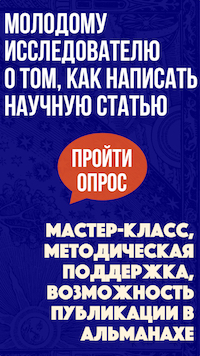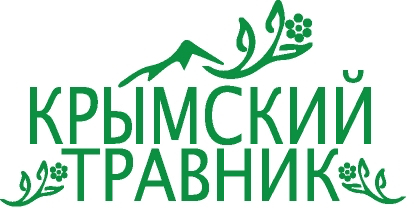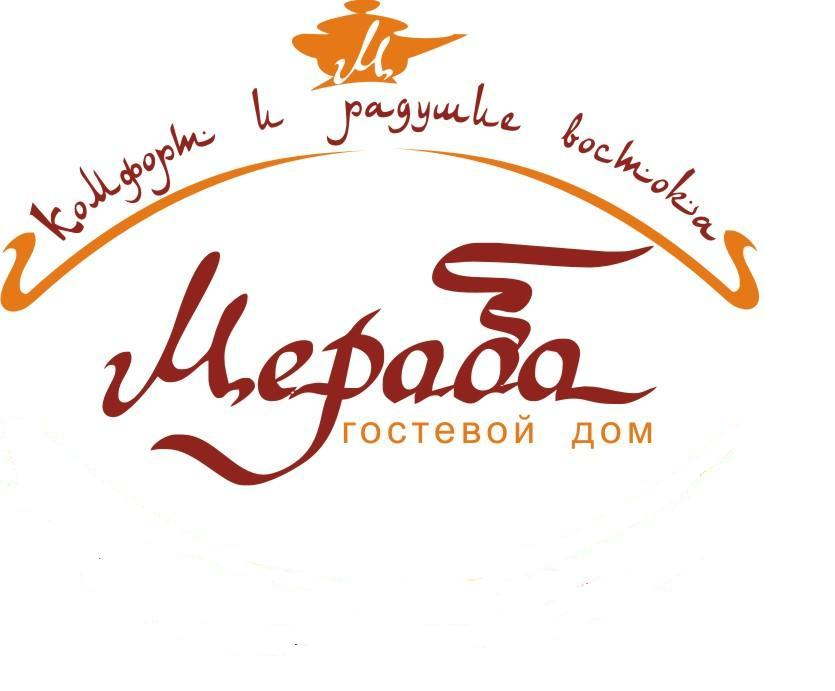МОЛОДЁЖНЫЙ ПРОЕКТ ДЛЯ ТЕХ, КТО ДЕЛАЕТ ПЕРВЫЕ ШАГИ В НАУКЕ
/components/bitrix/system.auth.form/auth_alm/images/login.gif) Войти
Войти /components/bitrix/system.auth.form/auth_alm/images/register.gif) Регистрация
Регистрация
Войти в корпоративную почту как автор/член редколлегии/рецензент журнала
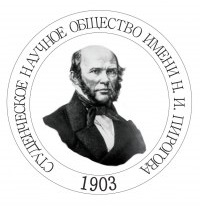


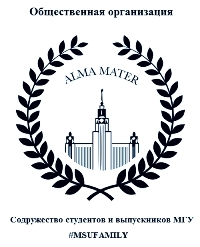
Силовое принуждение: типология и факторы
Колотуша В.В.
Силовое принуждение: типология и факторы
Колотуша Вячеслав Владимирович, доктор философских наук, доцент, профессор кафедры социальных и гуманитарных дисциплин Московского психолого-социального института
E-mail: kolot2009@yandex.ru
В статье исследуется сущность влияния силового принуждения как самостоятельного социального фактора на раз-личные составляющие социального процесса и тем самым уточняется роль силового принуждения. На этом основании выявлены основные типы последнего и предложена авторская концепция определяющих силовое принуждение доми-нантных факторов.
Ключевые слова: экономические отношения, социоисторические организмы, взаимодействия между социоисторическими организмами, доклассове и классовое общество, силовое принуждение, типы силового принуждения, основные факторы силового принуждения.
Kolotusha V.V. COMPULSION WITH FORCE: TYPOLOGY AND FACTORS
Vyacheslav V. Kolotusha, Doctor of Philosophy, Professor at Moscow Psychological and Social Institute
E-mail: kolot2009@yandex.ru
This article presents a study of the influence of the essence of coercion as an independent social factor on the various components of the social process. Our aim was to identify the main types of coercion and clarify the dominant factors determining it.
We propose to consider coercion in pre-class and class societies as two types of compulsion with force. The main types of coercion in a class society are the types of coercion, allocated on the formational basis (slaveholding, feudal, capitalist). We, however, are not restricte ourselfs to these types and we offer such types of coercion, as: violent (reprehensible) and non-violent (non-reprehensible); political and non-political; the state and non-state; criminal and non-criminal; coercion, which is realized within the social organism, and coercion that occurs in the relationship between such organisms; the direct and indirect coercion; open and covert one, and unilateral and bilateral compulsion (violent divide between between the two subjects and power confrontation).
Coercion in pre-class society was mainly used for the interaction between socio-historical organisms (for a power struggle between the two such organisms), to defend or capture of material resources. In a class society coercion is applied not only to regulate the relations with other sociohistorical organisms by power confrontation, but also to control the socio-historical organism itself (to maintain the relationship of non-economic coercion on the pre-capitalist stage and for the implementation of economic coercion at the capitalist stage). Non-violent coercion aimed to create conditions for mutually beneficial cooperation and fair competition, to exclude parasitism and violence out of the relationship between individuals and social communities. The aim of the subject violent coercion is to obtain unilateral advantage at the expense of the object of violence. Such coercion is contrary to international and national law.
The determining factor of coercion is increasingly becoming an economic factor. Other factors may also act as dominant at some stages of social process.
Keywords: economic relations, socio-historical organisms, interactions between socio-historical organisms, pre-class and class societies, power coercion, types of coercion, the main factors of compulsion with force.




